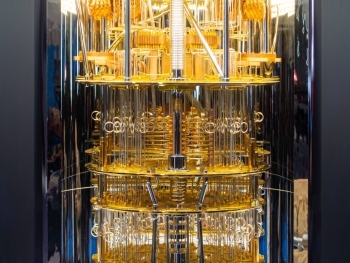For most dental and aesthetic clinics, professional whitening is expected to be one of the highest-margin services. Patients are willing to pay premium rates for fast, visible results, and staff can perform treatments efficiently. But behind the success of Philips Zoom systems lies a hidden financial constraint: original handpieces with built-in session limits.
What seems like a routine consumable actually becomes an ongoing cost that reduces profitability, especially in high-volume practices.
The Financial Burden of Limited-Use Philips Handpieces
While Philips promotes equipment quality, the handpiece lifecycle is deliberately restricted by an internal chip. After just a small number of whitening sessions, the lamp displays “Replace Guide” and stops functioning until a new handpiece or chip is installed.
This leads to three financial consequences:
- Rising operational costs — Clinics must repeatedly purchase new handpieces or chips, often after only four full treatments.
- Unpredictable budgeting — Costs per procedure are no longer fixed, making it difficult to forecast true profitability.
- Reduced revenue per patient — Even when a clinic increases volume, net profit shrinks due to consumable dependency.
In competitive markets, this model forces clinics to raise patient pricing or absorb constant supply costs — neither of which is ideal.
How Bleach-Infiniter Changes the Economic Model
Bleach-Infiniter introduces an alternative approach: unlock the existing lamp instead of constantly feeding it with new consumables. By replacing the restrictive chip or using a handpiece with an integrated upgrade, practices gain unlimited treatment capability.
This shift transforms professional whitening from a consumable-heavy service into a stable, high-margin procedure.
Key financial advantages:
- One-time investment instead of recurring expenses
- Consistent cost-per-procedure with no surprises
- Higher net margin on every whitening case
- No risk of interrupted revenue due to chip shortages
Clinics that adopt this model report a faster return on equipment investment and more predictable budgeting — crucial for long-term planning.
Toward a Lifetime-Based Model
Rather than replacing handpieces after every few sessions, clinics are adopting performance strategies designed for maximum longevity. This concept is often referred to as a lifetime zoom lamp, meaning the equipment continues operating without artificial shutdowns or enforced limits.
Learn more under the concept of lifetime zoom lamp
Economic Outcomes for Clinics
| Economic Factor | Original Philips Use | With Bleach-Infiniter |
|---|---|---|
| Cost Per Session | Variable, increasing | Stable, near zero |
| Revenue Stability | Vulnerable to supplies | Continuous and predictable |
| Cash Flow Impact | Repeated expenses | One-time capitalization |
| Break-Even Point | Delayed by consumables | Significantly accelerated |
| Scalability | Dependent on stock | Fully scalable |
Final Insight
Most clinics adopt Zoom technology expecting premium performance — and it delivers for patients. But for clinics, true profitability depends on controlling hidden operating costs. Limiting equipment to a handful of sessions per handpiece is not a medical necessity; it's a commercial barrier.
By transitioning to an unrestricted model, clinics not only protect revenue but turn whitening into a genuinely scalable service. For modern practices focused on financial strength, this shift is not just an upgrade — it’s a strategic correction.

















